Closing in on the Next Phone
Our next phone is coming along nicely and a lot more work has been done since our last update! Let’s dive into some of the work that’s been done and what’s left to accomplish.
When running a phone line up to the vintage phone booth, we noticed that the old cloth-covered AC wiring on top was deteriorating and needed to be replaced.
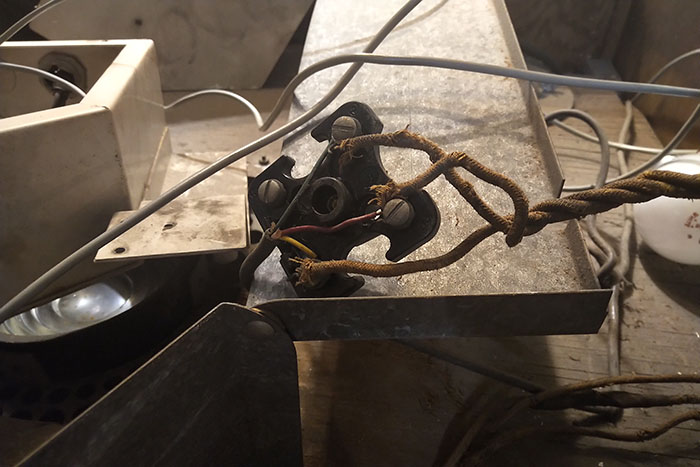
Luckily we have a friend Lou who is an electrician (and formerly a ballet dancer, making her uniquely skilled at balancing on the ladder to work at an awkward angle above the booth) and she was excited to help out with this portion of the project!.
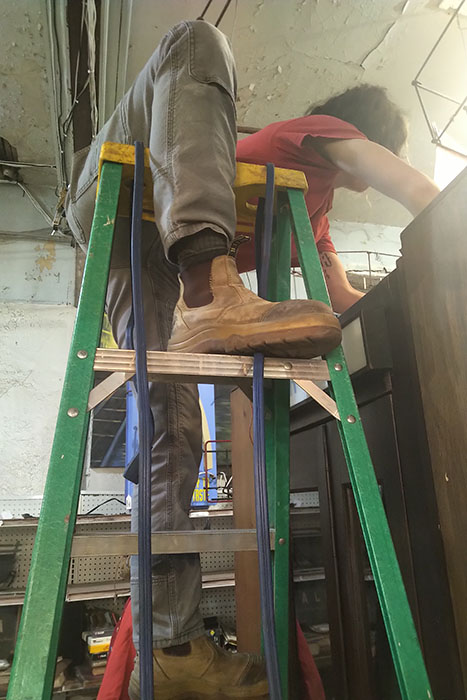
To replace the wiring, we used a new-old-stock box of Cerrowire from the 1970’s. Our electrician was able to meticulously replace the wiring for the light and fan, and add a standard NEMA 5-15P plug so it can easily be plugged into a standard power receptacle.
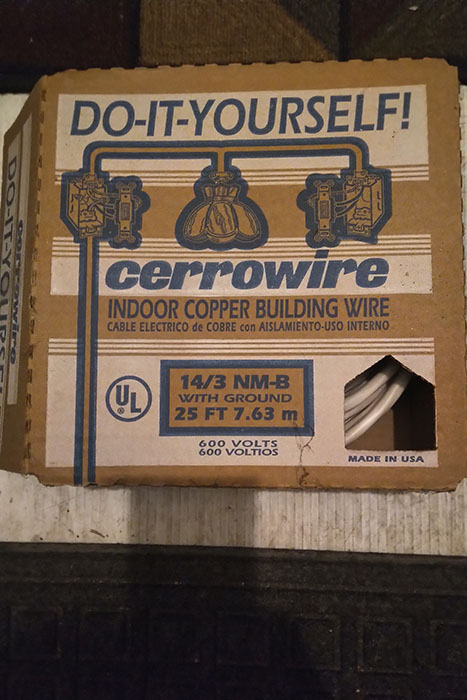
Around the same time, we also ran the previously-mentioned-in-our-last-update gray-jacketed telephone cable from the property’s network area along the ceiling to the booth. This telephone wire terminates to a Grandstream HT802 analog telephone adapter on the network side and a terminal block on the booth on the other side, providing the last leg of telephone service over copper.
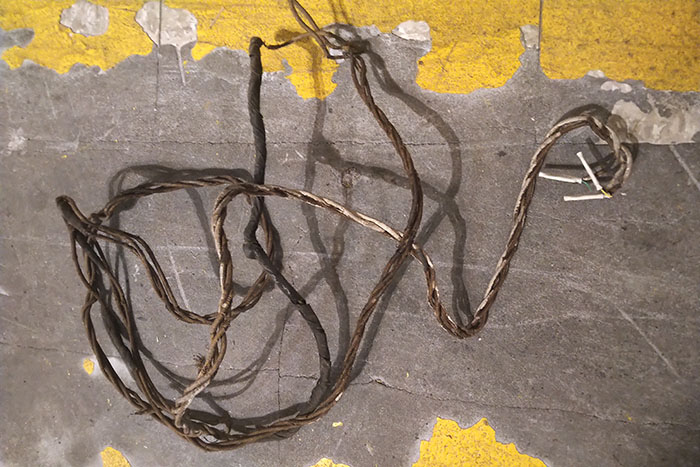

Unfortunately, during the rewiring a mercury switch that controlled the state of the directory lamp when the booth door is opened/closed was shattered, spilling toxic mercury on top of the booth. At this point work halted until powdered sulfur was obtained and scattered around the contaminated area. There it was left to sit for several months so it could safely amalgamate the mercury. Work resumed after this amalgam was sucked up with a wet/dry vacuum.
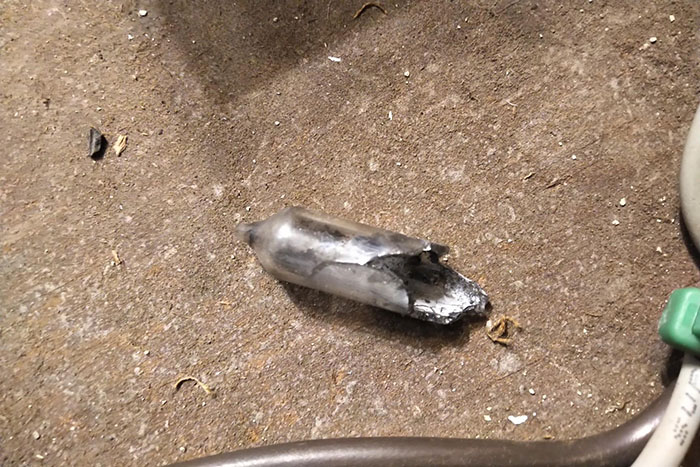
The phone itself still needed to be properly wired for service, so we tackled this next. With the phone cable terminated to the Grandstream with an RJ-11 plug, the booth needed to be connected via a terminal block on its top. With one person in the booth with a buttset connected to the incoming pair, listening for dial tone, and one person up on a ladder connecting the tip/ring wires of the cable to different terminals, eventually dial tone came down the line!
Luckily, the last owner of the phone had it rewired for home use, so it can make and take calls as expected! To preserve authenticity, this phone features 11-digit dialing as opposed to 10-digit dialing which most people utilize these days with their cellular phones. For the uninitiated users, if they attempt dialing a 10-digit number they will hear a period-accurate recording telling them how to dial.
During testing we noticed both the transmitter and receiver volume to be fairly weak, with people on the other end of test calls reporting the audio seemed to be distorted. We attempted to tweak settings in the Grandstream to remedy this, but they didn’t seem to make much of a difference. More work is to be done replacing the receiver and transmitter elements in the handset with those in a standard Western Electric 500 set to see if the audio has improved. Unfortunately, payphone handsets are not made to be unscrewed, so the use of a strap-wrench and or heat will need to be used in an attempt to get it open.
The phone will also need a replacement bolt to secure the upper-housing and a vandal removed the one currently there. We’re considering options here to make it tamper-proof going forward.
The previously-mentioned mercury switch will also need to be replaced, and the associated control rod and linkage assembly that rocks the switch to turn on the directory lamp will need to be repaired. Luckily, timing worked in our favor as the same week that the switch shattered we became aware of one being sold at the then-upcoming Lancaster Telephone Collector’s International show. We were able to acquire a replacement switch in-person at the show, which was incredible as we were unable to get a replacement shipped due to regulations in transporting mercury.
During our recent repairs we discovered the relevant Bell System Practices document for 4-type light fixture in our booth and learned we will need a frosted 40-watt bulb in the directory light to restore it to spec.
Further, a beautiful glass “phone” sign was installed at the front of the booth and we are considering options for back-lighting it.
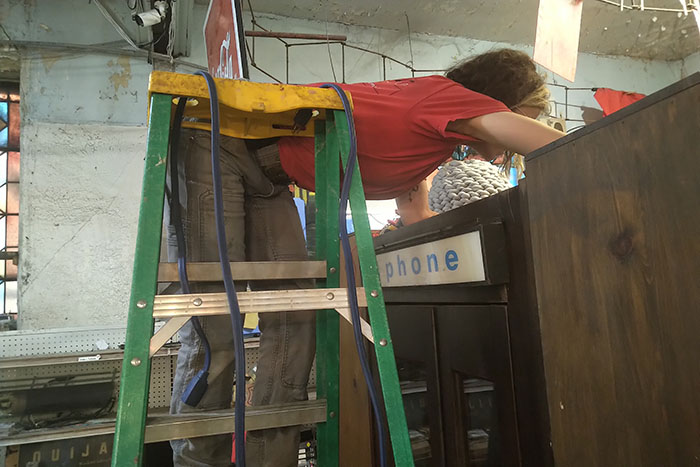
With the bulk of the work on the phone and booth finished, we are down to the final few tasks. Another PhilTel phone will soon be in service!